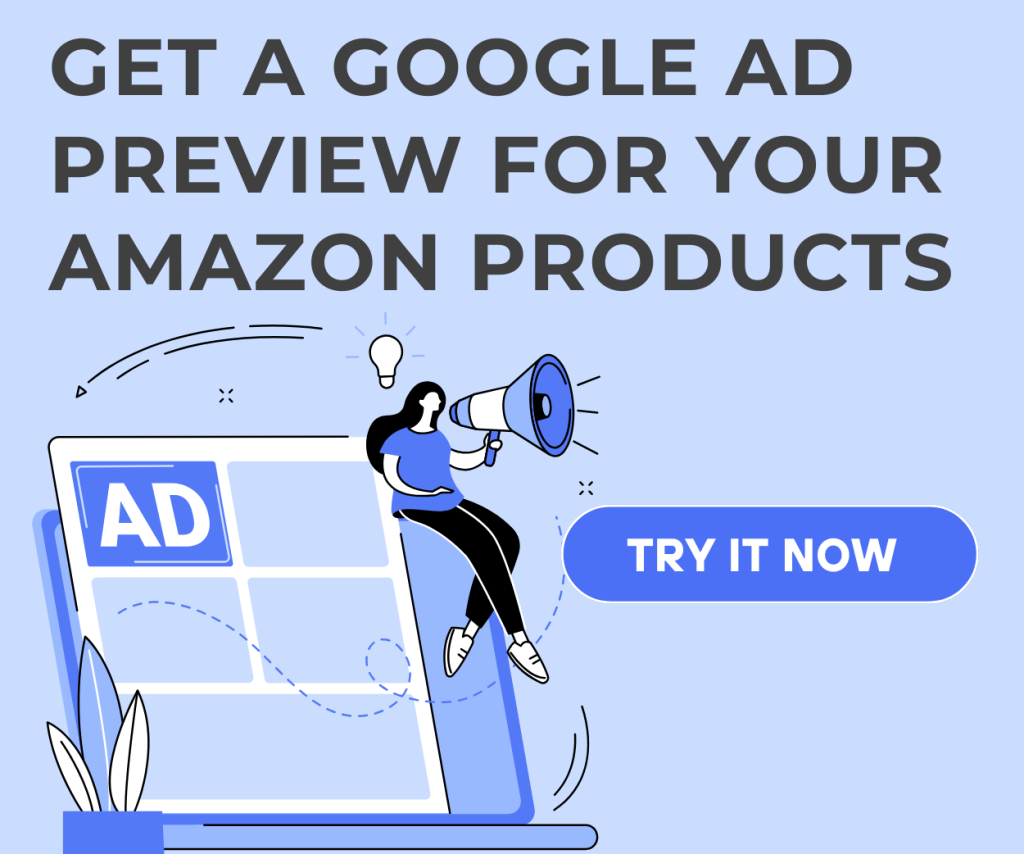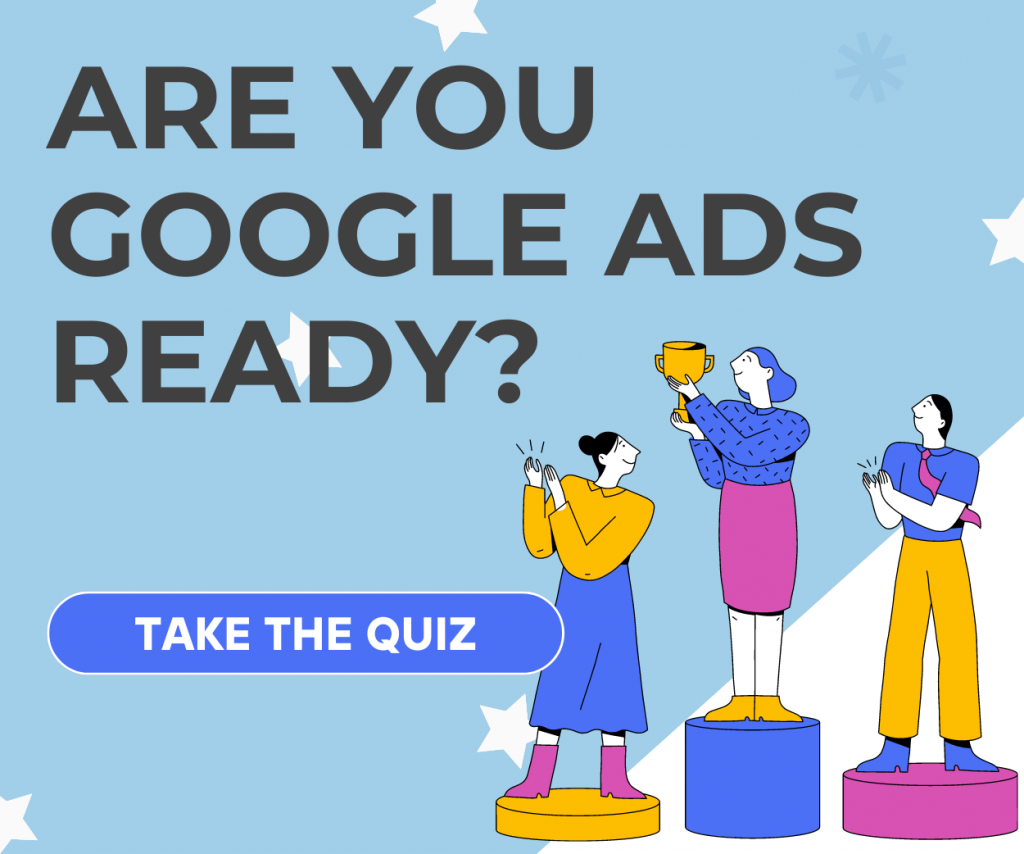Keywords used to be simple: pick the right ones, block the wrong ones, and you were set. Fast forward to 2025, and the story is a lot more complicated. With AI-driven campaigns, blurred match types, and Google rolling out negative keyword updates left and right, advertisers are asking: “Do keywords still matter? And how do I stop wasting budget on the wrong ones?”
Let’s break it down.
Do Keywords still matter in 2025, or is everything AI now?
Absolutely — keywords still matter.
They’re no longer the only way Google decides when to show your ad, but they remain one of the strongest signals. Google itself puts it this way in its help guide on keyword matching
Keywords help our systems understand what your ads should show for. With match types, you can balance reach with relevance.
In short, keywords guide Google’s AI.
And What About Negative Keywords?
Negative Keywords are your campaign’s guards. They
- Block unwanted, irrelevant, or low-value searches that eat budget without converting.
- Improve ad relevance, boost CTR, and (by avoiding irrelevant clicks) help improve Quality Score, lower CPC, and improve return on ad spend (ROAS).
- Especially important now because of broader match behavior, more automatic query matching / predictions by Google, and more “black-box” inventory (e.g., Performance Max).
How the Role of Keywords Has Changed in 2025?
- Exact match is no longer truly exact: It includes synonyms, close variants, and intent-based matches.
- Broad match and Smart Bidding are being promoted by Google, but they increase the risk of irrelevant traffic.
- Negative keywords are expanding — larger limits, lists, and campaign-level controls across more campaign types.
- Search themes and AI “intent expansion” mean your keyword list is only part of the picture; Google often matches beyond it.
How has the role of negative keywords changed in 2025?
Back when we wrote How many negative keywords is too many?, negatives were mainly about trimming obvious waste: “free,” “jobs,” “DIY,” etc.
Fast forward to 2025, and their role has expanded dramatically. Here’s how:
1. From Cleanup → To Control Lever
Before, negatives were reactive: you added them after seeing bad queries in your Search Terms Report.
Now, they’re one of the few proactive controls left in AI-heavy campaigns like Performance Max and Demand Gen.
2. From Search-Only → Cross-Campaign
Previously, negatives were mostly a Search Campaign tool. Today, with campaign-level negative keyword lists in PMax (Google Help), they influence Search + Shopping inventory within automated campaigns.
3. From Limits → To Scale
Advertisers used to complain about caps. In 2023, one PPCChat member said: “100 negatives in PMax? That’s like bringing a water gun to a forest fire.” In 2025, Google increased that limit to 10,000 per campaign (Search Engine Land), making large-scale exclusion possible.
4. From Keywords → To Brand Safety
In Display and YouTube, negatives are less about blocking queries and more about protecting your brand. Advertisers rely on exclusions (placements, channels, topics) to ensure ads don’t appear in unsuitable contexts.
5. From Manual → To Smarter Automation
Google now applies automatic misspelling coverage to negatives (Google Help), reducing the need for endless variations. Tools like Karooya’s also automate discovery so advertisers don’t drown in search term reports.
In short: Negative keywords are no longer just about cleaning up — they’re about keeping automation in check.
What Makes Negative Keywords More Important Now Than Before?
Here are the drivers making negative keywords more critical in 2025:
Broader match & intent matching by Google
Match types are less strict. Keywords, even exact ones, may trigger for queries you didn’t explicitly target. That means risk of unintended impressions/clicks is higher.
Increased automation / AI / Performance Max usage
More advertisers are using campaigns that lean heavily on automation (PMax etc). These tend to give you less granular control by default, so negative keywords become one of the few levers you have.
Higher ad spend competition & cost pressure
With rising CPCs, wasteful clicks are costlier. Preventing waste is more important to maintain ROAS.
Expanded negative keyword capabilities
Since Google increased negative keyword limits, added campaign-level negatives for PMax, and begun supporting negative keyword lists, ignoring negative keywords is now more costly because you have more to lose. The cost of not using them well is higher.
More complex customer / search behaviour
New slang, language mix, dynamic product mix, etc. Searches are evolving faster; unless you keep your negatives up to date, irrelevant traffic creeps in.
Things to Note / Best Practices When Choosing Keywords & Negative Keywords
Here are what advertisers should pay attention to / do practically:
1. Start with good keyword research
Use tools like Google Keyword Planner, third-party tools, historical performance, competitive analysis. Understand what people are actually searching for.
2. Organize campaigns and adgroups tightly
Tightly themed groups make it easier to write relevant ad copy, landing pages, and see which keywords are underperforming or generating irrelevant search terms (which you may want to negative).
3. Use a layered negative keyword strategy
- Account-level negatives for broad things you never want (e.g. irrelevant industries, locations, “free”, “jobs”, “how to”, etc.)
- Campaign-level negatives for campaign-specific noise.
- Ad-group level (if needed) for fine adjustments.
4. Use negative keyword lists / shared lists wherever possible
When managing many campaigns, this saves time and maintains consistency. As PMax accounts get negative keyword lists, this becomes more feasible.,
5. Match type awareness
Understand what broad / phrase / exact negative keyword matching means now. As Google’s definitions evolve, double-check to avoid unintended blocks. For example, exact match negatives block only the exact query (and its close variants/misspellings), but phrase negatives block when the phrase appears, etc. Also, understand that exact positive match keywords are broader than before.
6. Review Search Terms Reports (and Search Themes / Insights) often
To catch irrelevant search queries that slipped through. See what queries are being matched, what ones are poor performing, and negative them. Also, observe the source of search theme traffic to judge usefulness.
7. Watch for Google’s new features & limitations
- Is negative keywords supported in all your campaigns / inventory types?
- Are negative keyword lists available in your account?
- Is there a cap, and is that cap sufficient?
- Ensure brand exclusions are used where needed.
- Monitor whether automation / AI are causing unexpected matches.
8. Balance reach vs control
Don’t over-negate so much that you block relevant but unexpected queries. Sometimes, unexpected queries convert well. Use data to inform decisions.
How Karooya’s Negative Keywords Tool Helps in this Landscape
Given all the changes, tools that help with negative keyword analysis / automation / monitoring are more valuable. Karooya’s tool (and tools like it) provide several advantages:
Karooya’s tool helps you:
- Discover irrelevant queries automatically from your data.
- Organize and share lists across campaigns.
- Save time managing large negative sets.
- Measure impact — see how much waste you’ve cut.
- Adapt to new campaign types like PMax and Demand Gen.
In 2025, when negatives are more important than ever, this kind of automation is a safety net advertisers can’t ignore.
FAQs from Advertisers
Q: How many keywords per ad group are too many?
A: There’s no fixed number. Fewer, tightly themed keywords are better. Large lists dilute relevance. Back in our post How many keywords for your PPC campaign?, we explained that stuffing hundreds of keywords into a campaign dilutes focus.
The same holds true in 2025. With Google’s looser match types, fewer, tightly themed keywords are easier to manage. They make your ads more relevant and keep your Quality Score higher.
Q: How many negative keywords are too many?
A: The technical limits are high (10,000 in PMax). But quality matters more than quantity. Avoid over-blocking — irrelevant clicks cost money, but blocking too aggressively costs opportunity.
Our post How many negative keywords is too many? explained: it’s not about the number — it’s about how you manage them. In 2025, that’s doubly true. With limits raised (10,000 per PMax campaign) and shared negative lists rolling out, scale is less of a problem. The real danger is over-blocking — excluding queries that might actually convert.
Q. What’s changed in 2025 that makes negatives so critical?
- Match types are blurrier (exact ≠ exact).
- CPCs are up — wasted clicks cost more.
- AI-driven campaigns (PMax, Demand Gen) give fewer levers.
- Google has given us bigger negative keyword limits, so advertisers expect you to use them.
Or as one PPCer joked on Twitter:
“Negatives are the only real control we have left in Google Ads.
Q: Do negative keywords apply across all inventory?
A: No. They apply reliably in Search and Shopping. For Display/Video, exclusions are more effective. For PMax, negatives mainly affect Search/Shopping inventory.
Q. Should I manage keywords differently for different campaign types?
Yes — and this was missing from our older posts. In 2025:
- Search: Keywords still rule, negatives protect.
- Shopping: Feed data drives targeting, negatives filter.
- Display/YouTube: Keywords are weaker; exclusions matter more.
- Performance Max: Negatives are finally usable — up to 10,000 per campaign (Google Blog).
- Demand Gen: Like PMax, negatives are among your few real levers.
Q. How do I make this manageable without drowning in lists?
That’s where tools step in. Our own Negative Keywords Tool helps you:
- Discover irrelevant queries automatically.
- Organize negatives across campaigns.
- Save time managing lists.
- See how much budget you’re protecting.
When Google keeps loosening match types, this kind of automation is the safety net advertisers need.
Timeline: How Keywords & Negative Keywords Evolved (2021 → 2025)
2021: The Turning Point
- Broad Match Modifier (BMM) retired → functionality folded into Phrase Match.
- Exact Match loosened → now matched with close variants and intent-based queries.
- Negative keywords: Still reliable, but mainly used in Search & Shopping.
2022: Automation Takes Over
- Smart Shopping replaced by Performance Max (PMax).
- Advertisers frustrated with PMax’s “black box” approach.
- Negatives in PMax: not available, except at account-level via Google representative
2023: Rising Costs, Limited Control
- CPCs rise ~10% year-over-year → wasted clicks sting more.
- PMax search term visibility still very limited.
- Advertisers lean heavily on Search Campaigns + shared negative lists for control.
2024: Early Cracks in the Box
- Campaign-level negatives (beta) start appearing in PMax.
- Negative keyword lists gain more adoption across Search.
- Advertisers confirm that Exact ≈ Phrase Match in practice.
- Increased use of negatives to block irrelevant, high-cost queries.
2025: Negatives Go Mainstream
- Negative keywords now act as a cross-campaign control lever, not just cleanup.
- Negative keyword limit in PMax expanded → from 100 → 10,000 (Search Engine Land).
- Campaign-level negative keyword lists rolled out in PMax (Google Help).
- Automatic misspelling handling introduced for negatives (Google Help).
- Search Themes reporting improved with “usefulness indicators” and “search terms insight source” (Google Blog).
Final Takeaway
- Keywords still matter — they guide Google’s AI.
- Negative keywords matter more — they protect your spend.
- The old rule of “fewer, tighter keywords” still applies.
- The new rule: negatives aren’t optional, they’re your control lever.
Or as Google itself reminds us:
“Negative keywords prevent your ad from showing to people searching for certain terms.”
— Google Help





Stop the wasted ad spend. Get more conversions from the same ad budget.
Our customers save over $16 Million per year on Google and Amazon Ads.